Arugula is a leafy green vegetable that is part of the Brassicaceae family. It is also known as rocket, roquette, and rucola. Arugula has a distinctive peppery taste and is commonly used in salads, sandwiches, and as a garnish. It is also a rich source of vitamins and minerals, making it a healthy addition to any diet. While arugula is traditionally grown outdoors, it is possible to grow it indoors, making it an excellent choice for those who live in urban areas or do not have access to outdoor gardening space. In this article, we will discuss how to grow arugula indoors, from selecting the right container to harvesting your crop.
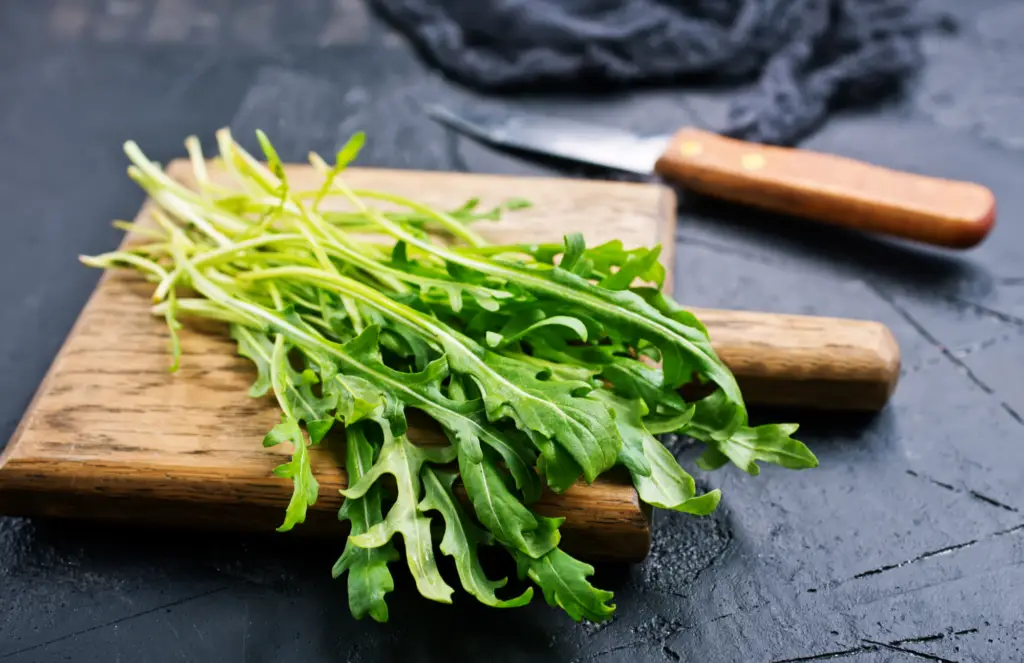
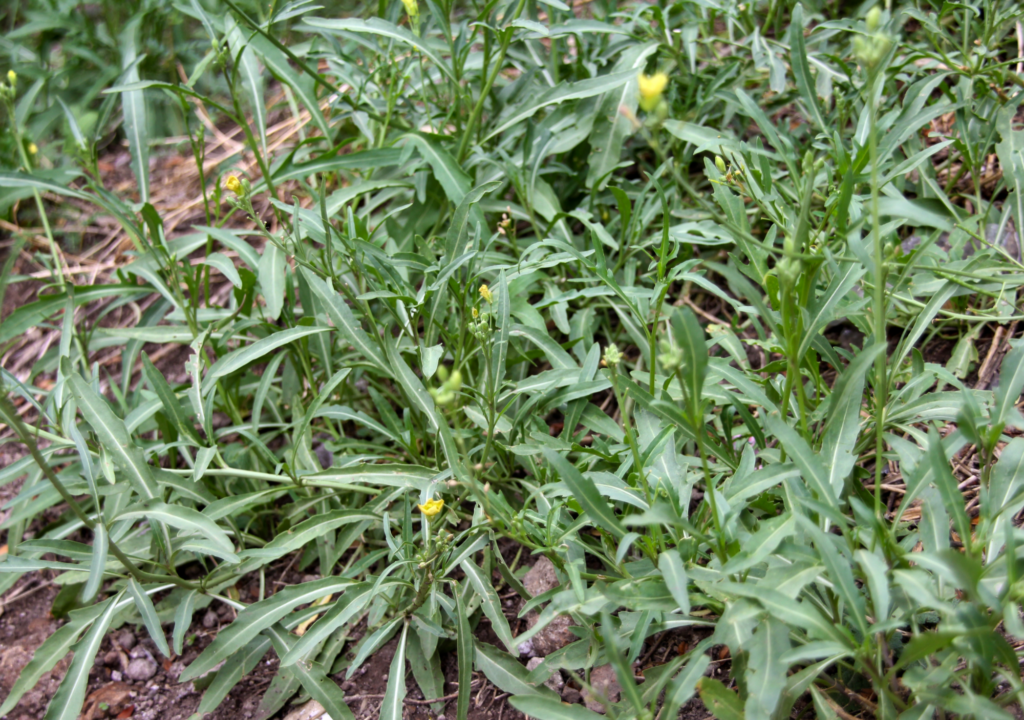
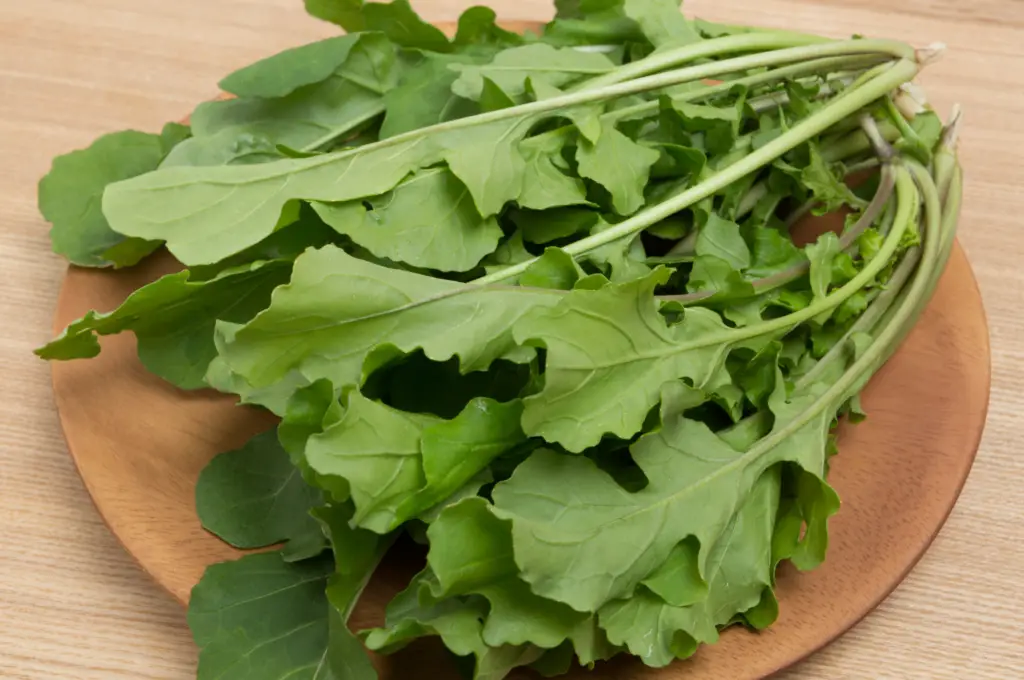
Table of Contents
Types of arugula to grow indoors
Arugula is a versatile green that comes in many different varieties, each with its own unique flavour and texture. Some types of arugula are better suited for indoor growing than others, as they have a smaller size and faster growth rate. Here are a few popular arugula varieties to consider growing indoors:
Wild Arugula (Diplotaxis tenuifolia)
Wild arugula has a more pungent flavour than other varieties and is known for its long, slender leaves. This type of arugula is particularly well-suited for indoor growing, as it has a shorter growth cycle than other varieties and can be harvested in as little as three weeks.
Astro Arugula (Eruca vesicaria)
Astro arugula is a popular variety with a mild, nutty flavour. This type of arugula has a smaller leaf size and a shorter growth cycle than other varieties, making it ideal for indoor growing.
Sylvetta Arugula (Eruca vesicaria ssp. sativa)
Sylvetta arugula, also known as wild rocket, has a peppery flavour and small, serrated leaves. This variety is slow-growing but can be harvested multiple times, making it a good choice for indoor growers who want a continuous supply of fresh arugula.
White or Wall Arugula (Diplotaxis erucoides)
This heirloom variety of arugula has a unique, triangular shape and a mild, sweet flavour. It is slow-growing but can be harvested over a longer period of time than other varieties, making it a good choice for indoor growers who want a steady supply of fresh greens.
When selecting an arugula variety for indoor growing, consider factors such as growth rate, leaf size, and flavour. Choose a variety that fits your growing space and preferences, and experiment with different types to find your favourite.
Choosing a Container
When growing arugula indoors, the first step is to choose the right container. Arugula can be grown in any type of container, as long as it has adequate drainage. You can use anything from a traditional flowerpot to a repurposed plastic container. However, it is essential to make sure that the container is large enough to accommodate the arugula plants and that it has holes in the bottom to allow for proper drainage. A good rule of thumb is to use a container that is at least six inches (15 centimetres) deep and has a diameter of at least eight inches (20 centimetres).
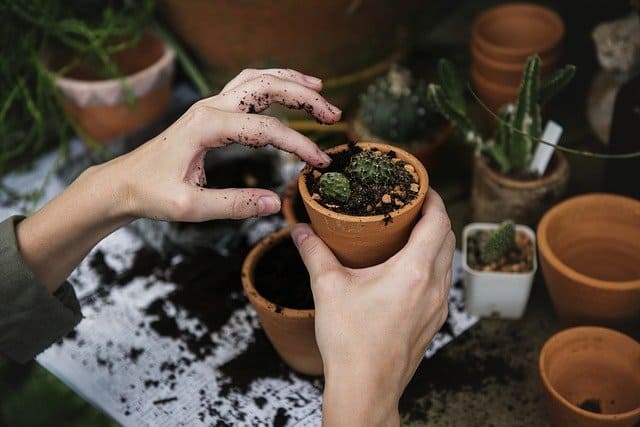
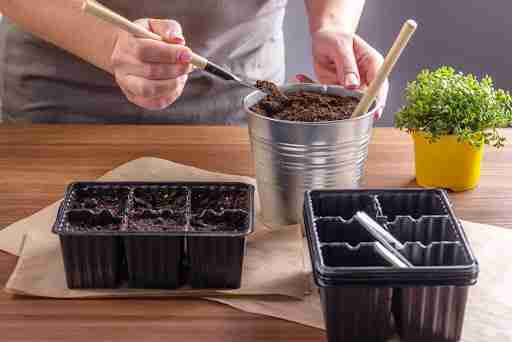
Selecting Soil and Seeds
Once you have chosen your container, the next step is to select the right soil and seeds. Arugula prefers well-draining soil that is rich in organic matter. You can use a high-quality potting mix or create your own by combining equal parts of compost, peat moss, and perlite. Arugula seeds can be found at most garden centers and online seed catalogs. Choose a variety that is suitable for indoor growing, such as Astro, Sylvetta, or Speedy.
Planting Arugula Seeds
To plant arugula seeds, fill your container with soil, leaving about an inch of space at the top. Scatter the seeds over the surface of the soil, spacing them about an inch apart. Cover the seeds with a thin layer of soil, no more than 1/8 inch (0.3 centimetres) deep. Water the soil gently to settle the seeds in place, being careful not to wash them away. Place the container in a warm, bright location, such as a sunny windowsill or under a grow light.
Caring for Your Arugula Plants
Arugula is a relatively easy plant to care for, requiring only a few basic needs. The most important thing is to keep the soil moist but not waterlogged. Check the soil regularly and water as needed, usually every two to three days. Arugula prefers cooler temperatures, so it is best to keep the container in a location that stays between 60 and 65 degrees Fahrenheit (15 and 18 degrees Celsius). If the temperature rises above 70 degrees Fahrenheit, (21 degrees Celsius), the arugula may bolt and become bitter.
Fertilising Your Arugula Plants
Arugula is a light feeder, so it does not require heavy fertilisation. You can fertilise your arugula plants every two weeks with a balanced liquid fertiliser, diluted to half strength. Alternatively, you can use a slow-release fertiliser when planting or top-dress the soil with compost or worm castings.
Dealing with Pests and Diseases
One of the biggest challenges of growing arugula, whether indoors or outdoors, is dealing with pests and diseases. Arugula is susceptible to a variety of insects, including flea beetles, aphids, and caterpillars. To prevent infestations, keep your arugula plants healthy and well-watered. If you do notice pests, remove them by hand or spray the plants with a solution of neem oil and water.
Arugula can also be affected by fungal diseases such as downy mildew, which can cause yellowing of the leaves and stunted growth. To prevent fungal diseases, make sure your arugula plants are not overcrowded and have adequate air circulation. If you do notice signs of fungal disease, remove any infected leaves immediately and treat the plants with a fungicide spray.
Also consider companion planting, arugula can benefit from companion planting with other plants that repel pests, such as marigolds or garlic. Consider planting these alongside your arugula for added pest protection.
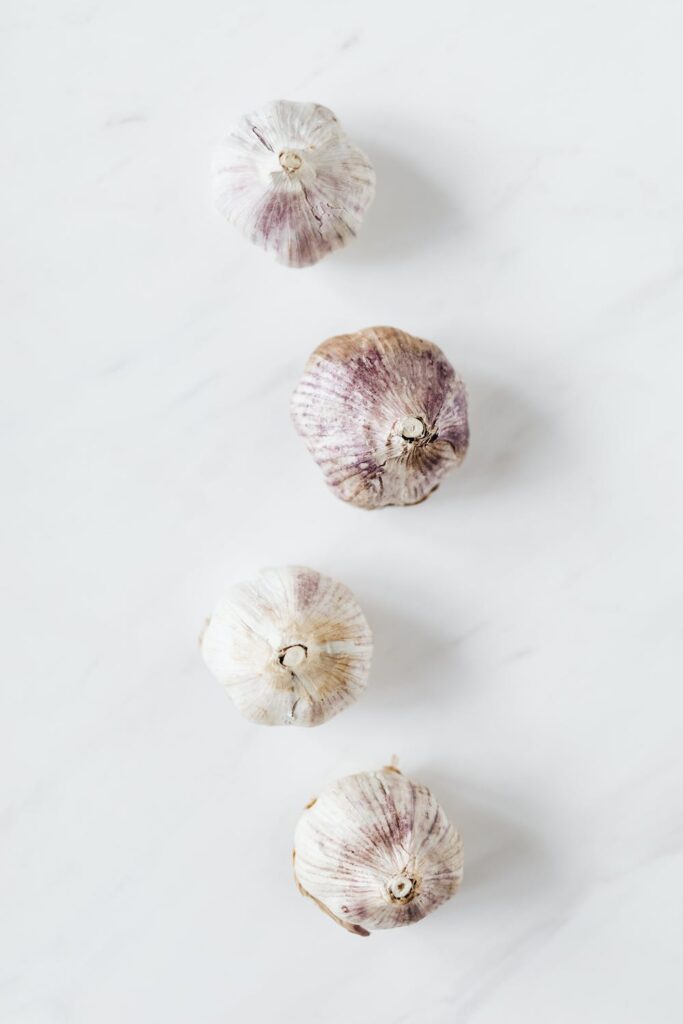
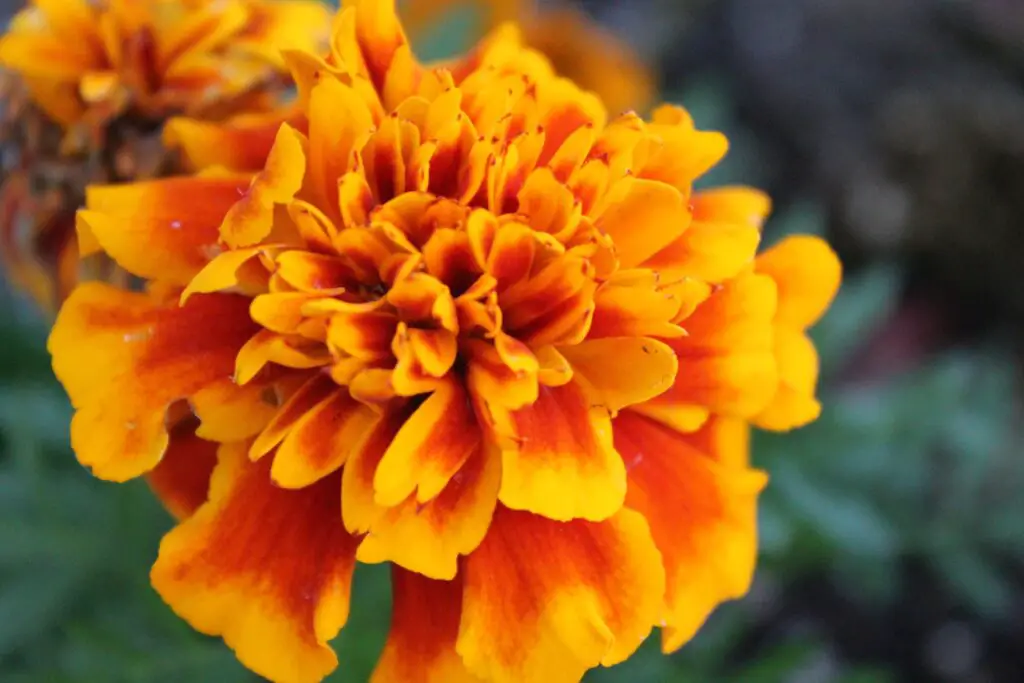
Harvesting Your Arugula
Arugula can be harvested when the leaves are about two to three inches long (5-7 centimetres). You can either harvest individual leaves or cut the entire plant about an inch above the soil line. Arugula grows quickly, so you can expect to harvest your first crop within a few weeks of planting. After harvesting, rinse the leaves under cold water and dry them thoroughly before using.
Conclusion
Growing arugula indoors is a great way to enjoy fresh greens year-round, even if you don’t have access to outdoor gardening space. With the right container, soil, seeds, and care, you can grow a healthy crop of arugula in your own home. Remember to keep the soil moist but not waterlogged, provide plenty of light, and watch for pests and diseases. With a little effort, you can enjoy the delicious, peppery flavour of fresh arugula in your salads, sandwiches, and more.
